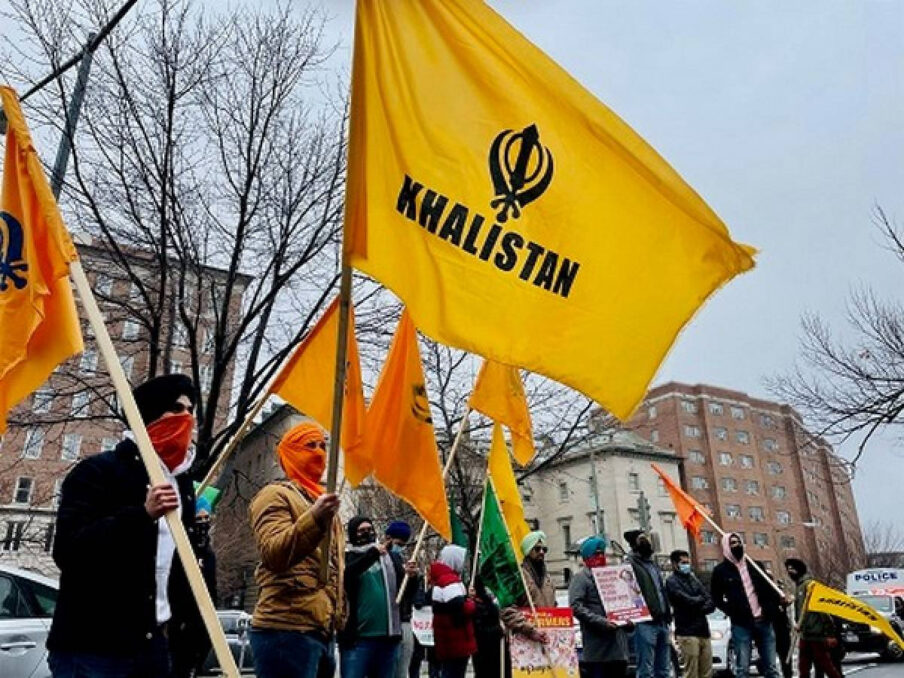The Khalistan Movement in India: History
The Khalistan movement, which seeks a separate homeland for Sikhs in India, is banned in India and considered a serious security threat by the government. Some groups associated with the movement are even labelled as “terrorist organizations” under India’s laws.
However, there are Sikhs, especially in Canada, Britain, and Australia, who feel sympathetic towards the Khalistan cause. In the past, supporters of the movement have vandalized Indian consulates in the UK and the US, replacing the Indian flag with the Khalistan emblem. Protests have also erupted in Canada, where the police are actively searching for individuals involved in the movement.
Many Sikhs in Canada, the US, Australia, and the UK are part of sizable communities that migrated from Punjab after India gained independence, hoping for better economic opportunities. Although the number is small, there is a significant influence among some Sikhs who support the idea of Khalistan. Periodically, referendums are held to gauge consensus on establishing a separate homeland within India for Sikhs.
Allowing Khalistan Rallies in the Name of Freedom
Recently, the United States, Canada, and the United Kingdom disregarded India’s collective and individual pleas to avoid accommodating Khalistan freedom rallies and permitted them to proceed. India had cautioned that allowing such separatist activities could adversely affect bilateral relations. However, these nations have maintained that they hold freedom of expression in high regard as an intrinsic value of their democratic systems, and therefore, if the rallies are peaceful, they cannot impede such gatherings.

The most significant demonstration took place outside the Indian consulates in Toronto and San Francisco. In Toronto, supporters of Khalistan formed a lengthy motorcade of cars adorned with the distinctive yellow Khalistan flag. In response, members of the diaspora also gathered to protest against them, symbolically defending Indian diplomats and resulting in a situation where the two groups were positioned on opposite sides of the road.
In London, a smaller mobilisation occurred outside the Indian High Commission. Local authorities heightened security measures and reinforced the enclosure where the Indian Tricolour is displayed, aiming to prevent a recurrence of the events in March when Khalistani supporters removed the flag and attempted to set it on fire.
Interpretation
The decision by the United States, Canada, and the United Kingdom to allow Khalistan freedom rallies despite India’s objections underscores the complex dynamics between nations when it comes to balancing freedom of expression and diplomatic considerations.
The heightened security measures in London indicate the authorities’ efforts to prevent any recurrence of previous incidents involving flag desecration. This suggests a recognition of the sensitivities surrounding national symbols and a determination to maintain order during such rallies.
Overall, this situation highlights the complexities surrounding the promotion of freedom of expression, the management of separatist movements, and the delicate balance of diplomatic relations between nations. It serves as a reminder of the ongoing challenges faced by governments when faced with competing interests and the need to navigate them in a manner that respects both democratic values and international relations.













